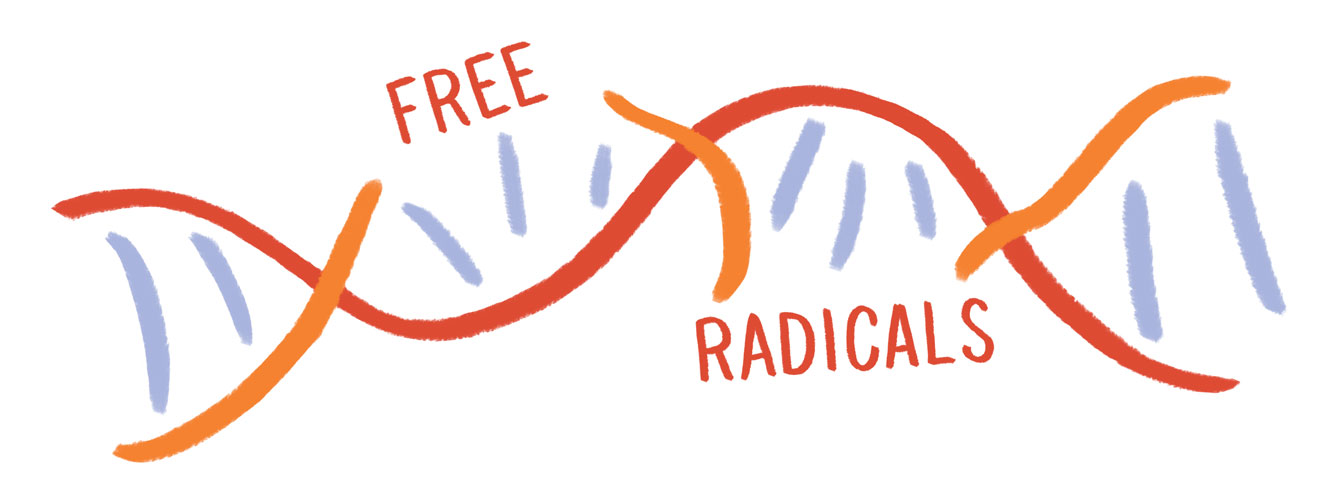
This post is part of a series of zines that Free Radicals presented at Tiny Tech Zines on August 11, 2019. To see other zines in the series, click HERE.
Zine-troduction
Why don’t members of marginalized communities participate more in everyday science learning? The potential answers to this question might seem simple – maybe they don’t have financial or transportation access to science museums, or maybe they don’t like science. But it’s a little (okay, a lot) more complex than that. To really get at those reasons, let’s reframe that question in a way that doesn’t blame the excluded for their own exclusion: what are the ways that everyday science learning practices exclude non-dominant/marginalized communities from participation?
That’s the question that Dr. Emily Dawson explores in her academic book, Equity, Exclusion, and Everyday Science Learning. But what’s the use of a book about exclusion and accessibility if all the knowledge is behind a paywall or a 60 pound price tag? So Dr. Dawson commissioned me to make an accessible, easily printable zine version of the book, which is available for free in full below, and also as a free downloadable PDF on Dr. Dawson’s book site! (Also click through to learn more about Dr. Dawson’s research on equity in science learning). If you’re interested in a printed hard copy of the zine, you can find those here.
Equity, Exclusion, and Everyday Science Learning – Zine Edition!
Download PDF of “Equity, Exclusion, and Everyday Science Learning – Zine Edition!”
Purchase hardcopy zine of “Equity, Exclusion, and Everyday Science Learning – Zine Edition!”


















